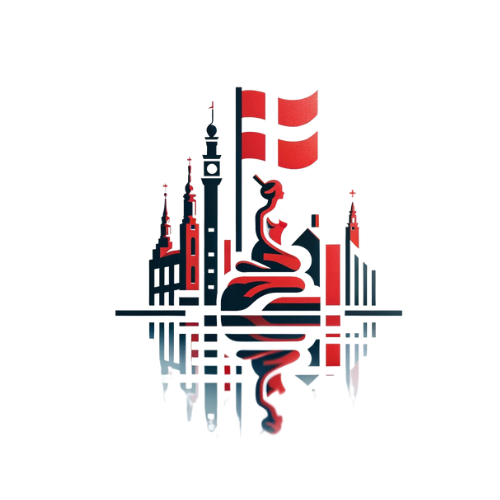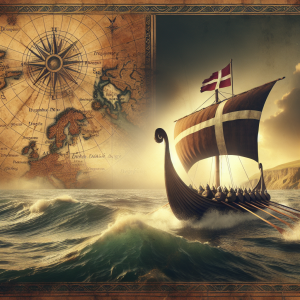As a proud Dane, I have always been fascinated by the rich cultural heritage of my country and the traditions that have been passed down through generations. One of the most enduring symbols of Danish culture is the national costume, or ”nationaldragt”. From its historical significance to its contemporary relevance, the Danish national costume embodies the spirit and identity of the Danish people.
A Glimpse Into History
The history of the Danish national costume can be traced back to the late 18th century when it first gained popularity as a symbol of national pride and identity. The costume varies by region, with each area in Denmark having its own unique style and design. For example, the traditional costume of the island of Bornholm is characterized by its colorful and intricately embroidered apron, while the costume of West Jutland features a distinctive black bonnet and red shawl.
During the 19th century, the Danish national costume became a symbol of resistance against German influence and a celebration of Danish nationalism. It was during this time that the costume became associated with special occasions such as weddings, festivals, and national holidays. The elaborate designs and attention to detail in the costume reflected the craftsmanship and artistry of Danish folk traditions.
Rich Symbolism
One of the most fascinating aspects of the Danish national costume is the rich symbolism embodied in its design. Each element of the costume, from the colors to the embroidery, carries a deep cultural significance that reflects the history and traditions of Denmark.
- Livstykket: The bodice of the costume is often adorned with intricate embroidery that represents the natural beauty of the Danish landscape, including flowers, birds, and geometric patterns.
- Broderi: The embroidery on the costume is a reflection of the region in which it was made, with each design holding its own unique story and significance.
- Skoene: The traditional footwear, known as ”træsko”, were often made from wood and leather, providing both practicality and style.
Relevance in Modern Times
While the Danish national costume is deeply rooted in tradition, it continues to hold a special place in the hearts of the Danish people today. In some regions of Denmark, the national costume is still worn on special occasions such as weddings, folk festivals, and cultural events. It serves as a powerful symbol of heritage and identity, connecting present-day Danes to their ancestors.
Furthermore, the Danish national costume has experienced a resurgence in popularity in recent years, with many young people embracing the tradition and incorporating elements of the costume into their everyday attire. Fashion designers have also drawn inspiration from the national costume, incorporating traditional designs and motifs into contemporary clothing and accessories, thus ensuring that the legacy of the costume lives on in the modern era.
Celebrating Tradition
As a Danish woman, I take great pride in wearing my national costume on special occasions, such as my wedding day. The feeling of connection to my heritage and the sense of belonging it brings is truly indescribable. The national costume serves as a reminder of the resilience and spirit of the Danish people, honoring the traditions of our ancestors while embracing the future with open arms.
Whether it’s the vibrant colors, intricate embroidery, or the sense of unity and pride it represents, the Danish national costume is more than just a piece of clothing—it is a living testament to the enduring spirit and identity of the Danish people.
A Lasting Legacy
As I reflect on the rich history and enduring relevance of the Danish national costume, I am filled with a deep sense of appreciation for the traditions and customs that make up the fabric of Danish culture. The national costume is a timeless symbol of pride, heritage, and unity, embodying the values and spirit of the Danish people throughout the ages.
Whether it’s worn on special occasions or preserved for future generations, the Danish national costume will continue to serve as a poignant reminder of the strength and resilience of Danish culture, ensuring that its rich legacy lives on for centuries to come.
For me, the national costume is more than just a piece of clothing—it is a living embodiment of the enduring spirit and identity of the Danish people, a testament to the proud traditions that have been preserved and passed down through generations.




